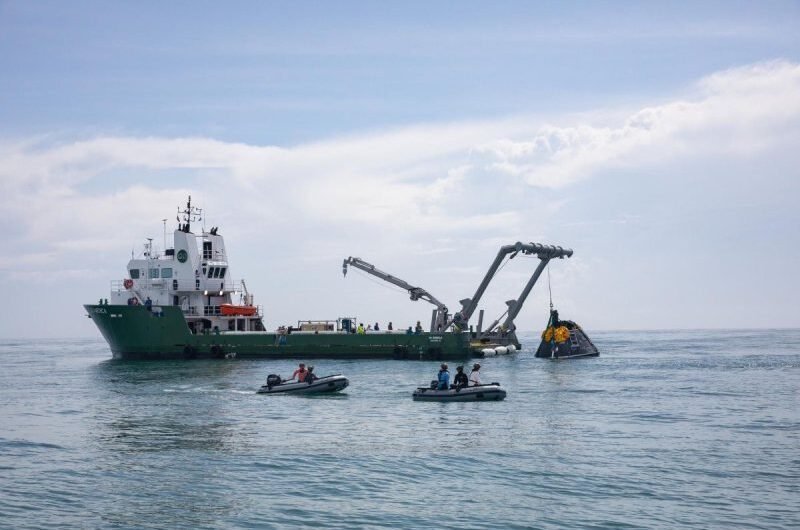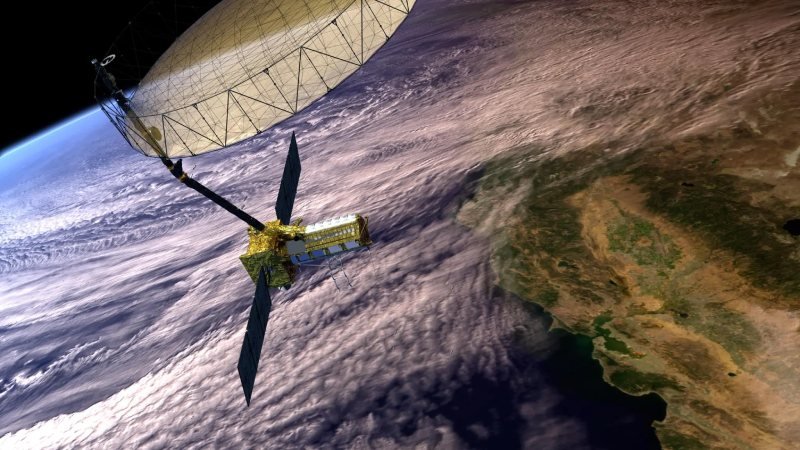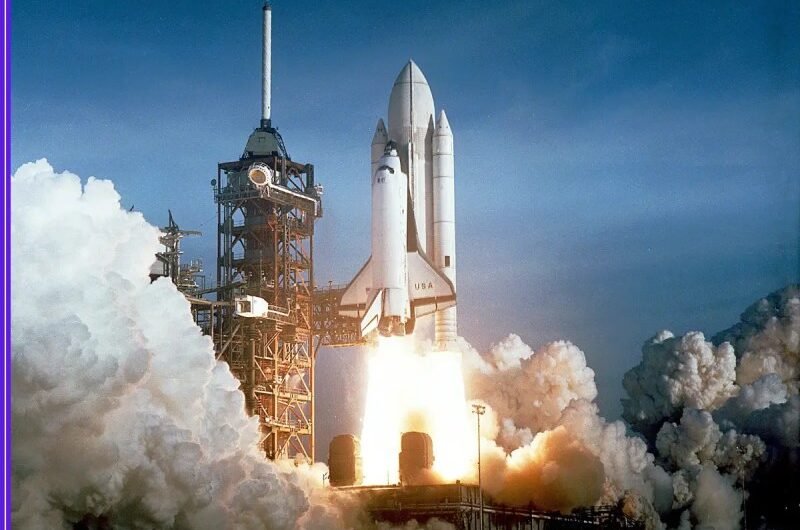More than five decades after a failed mission to Venus, a fragment of a Soviet spacecraft known as Cosmos 482 is expected to reenter Earth’s atmosphere sometime around May 10. Though its return has attracted attention, much about the object remains uncertain, including its precise structure, mass, and the effect of unpredictable space weather, which makes forecasting its exact landing spot challenging. The object is believed to be a reentry capsule from the original mission-engineered to withstand the harsh conditions on Venus, including extreme pressure and heat. It might be able to make it through the Earth’s atmosphere and reach the surface because of its durability.
Typically, space debris and meteors burn up as they fall due to the intense heat and friction encountered during atmospheric reentry. However, if Cosmos 482 is indeed the Venus capsule, it likely has a significant heat shield that could allow it to remain largely intact upon impact. Dr. Jonathan McDowell, an astrophysicist from the Harvard-Smithsonian Center for Astrophysics, notes that while the object poses minimal threat to people on Earth, there is still a very small chance of harm.
The Soviet Union’s grandiose Venera program, which sent a number of probes into Venus in the 1970s and 1980s, is where Cosmos 482 got its start. In 1972, two such missions-V-71 No. 670 and V-71 No. 671-were launched. Only one reached Venus and transmitted data. The second failed to break free from Earth’s orbit and was reclassified under the Cosmos program, which cataloged failed orbital missions. Debris from this mission has since slowly descended, with at least two pieces already reentering. The remaining piece, which experts believe is the dense, cylindrical reentry capsule, has remained in orbit much longer due to its heavy design.
The capsule likely won’t benefit from its original parachute system, as decades in orbit have probably rendered it inoperable. Still, its descent poses only a small risk, with calculations suggesting a 1 in 25,000 chance of causing serious harm. Most likely, it will land between 52 degrees North and South latitude, a broad zone that covers much of the Earth’s populated and oceanic regions. If it does crash on land, experts advise the public to avoid contact with the debris and immediately inform authorities, as it could contain hazardous materials. Under international law, Russia retains ownership of the remains, and may seek to reclaim them. The incident underscores the ongoing need for international cooperation on space debris management and long-term safety protocols.
Topics #Cosmos 482 #Earth #galaxy #news #Soviet #space #spacecraft #Universe #Venus











